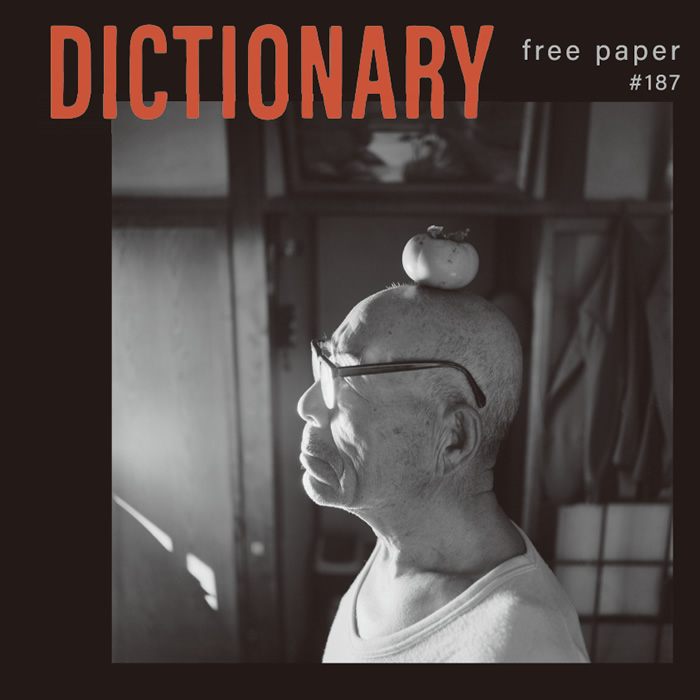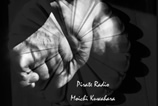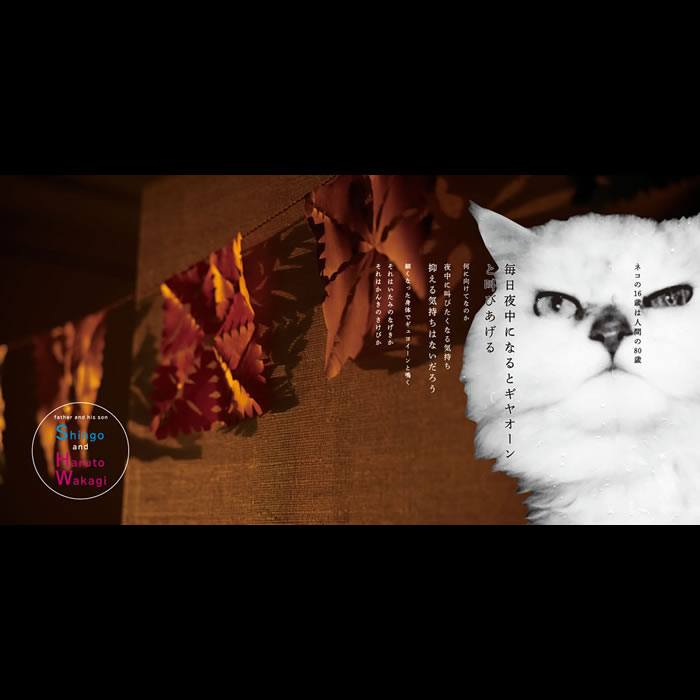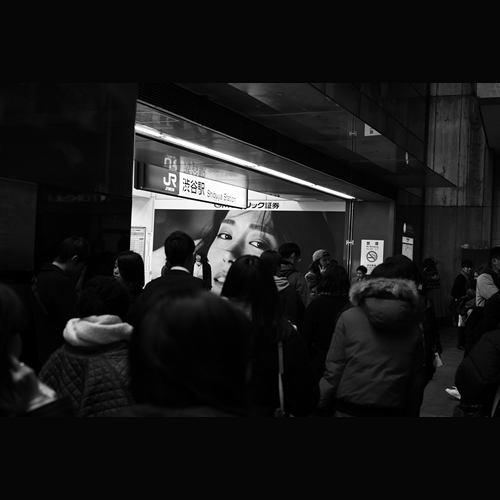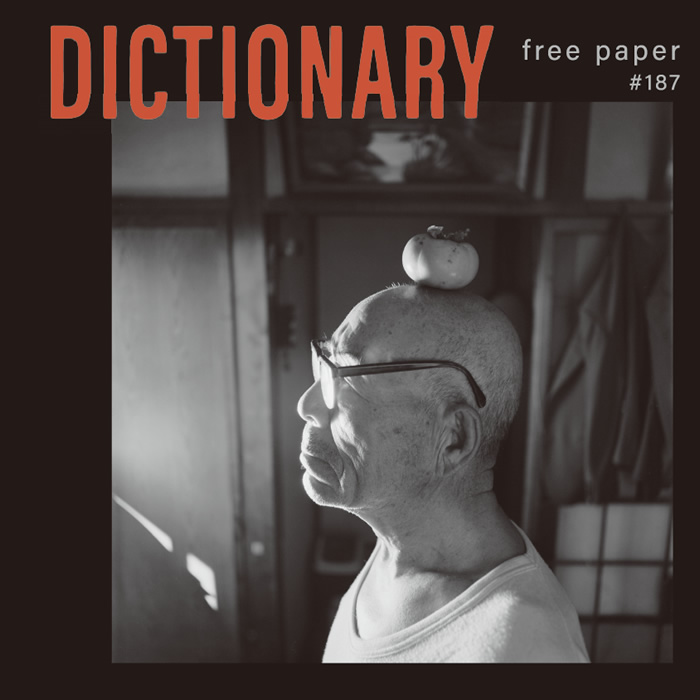
photographs SHINGO WAKAGI
台湾 台北 松山文化クリエイティブパーク 3、4番倉庫 Songshan Cultural and Creative Park
Curated by 房彥文 Fang Yen-Wen 楊雅翔 Yang,Ya-Siang

桑原茂一さんから、Dictionaryとのコラポレーションで台北で行われる写真フェア「WONDER FOTO DAYS」から展示の企画があるがどうですか、というお誘いがあった。どんな写真を展示したら良いか考えた。新しい写真集「Don’t Disturb My Disquieting Mood」の中からなど、こちらでいくつか提案したところ、キュレーターのFangさんは僕の祖父の写真でいきたいといった。偶然にも、写真集「takuji」が出て、今年でちょうど20年目になる。新たに若い人達にこういうものが20年も前に撮られていたんだよということを伝えたいということらしい。Fangさんは、僕の祖父を撮ったシリーズは、最近の写真作品の感じに通じているという。ドキュメンタリーなのか、演出が入ったものなのか、その狭間が現代らしいということなのか。
処女作を越えるのはすべてのアーティストの目標だ。20年はあっという間に過ぎたのか?
その間、相当いろいろなことがあった気がするのだが、新たにこの写真たちを突きつけられると20年なんてたかが知れている、最近のことだ。写真の祖父に比べたらまだまだ僕は若造なのだ。
Mr. Moichi Kuwahara invited me to organize an exhibition offered from “WONDER FOTO DAYS” Photography Fair to be held in Taipei in collaboration with Dictionary. I started thinking about what kind of photographs I should exhibit. Upon giving several suggestions of works including photographs from my new photo collection, “Don’t Disturb My Disquieting Mood”, Mr. Fang, the curator, had expressed his wish to exhibit my grandfather’s photographs. Coincidentally, this year marks the 20th anniversary since the publication of the photo book of my grandfather’s portraits, “takuji.” It seems that he wanted to tell young people that these kinds of photos were already being taken 20 years ago. Mr. Fang says that the series of my grandfather’s photographs are familiar with the feeling of recent photography works. Is it the documentary or something with a dramatic presentation? Or maybe something in between is similar to the current artistic field?
Artists set their sights on going beyond their first work. Did 20 years pass in the blink of an eye? I feel a lot of things have happened during those years, but seeing these photographs, twenty years is not long. It is quite recent. I’m still a youngster compared to my grandfather in the picture.
Shingo Wakagi



写真家/映画監督
1971年3月26日静岡県浜松市生まれ
ニューヨーク州ロチェスター工科大学写真学科卒業
雑誌・広告・音楽媒体など幅広い分野で活動中
2004年から2009年まで雑誌「youngtree press」の編集・発行を手がける
2010年から故郷の浜松市に書店「BOOKS AND PRINTS」のオーナーもつとめる
Shingo Wakagi (1971-) is born and raised in Hamamatsu City in Japan, Wakagi studied at Rochester Institute of Technology’s School of Photographic Arts and Sciences. After returning to Japan in 1996, he has released a number of monographs that often focused on his family and friends in his hometown, including Eiji and Hiro (2015) and The Funeral of Takuji Wakagi (2007). Wakagi is also an acclaimed filmmaker. His debut film Waltz in Starlight (2007) was nominated for the Tiger Award at International Film Festival Rotterdam. His most recent film Asleep (2015), based on Banana Yoshimoto’s novel, was the Centerpiece Presentation at Japan Cuts Film Festival in New York. TOTEM Song for Home (2009) is a moving documentary about indigenous musicians in Taiwan. Wakagi opened a small bookshop BOOKS AND PRINTS (2010-) in his hometown Hamamatsu City. Bookshop sells collections of domestic and foreign photo books.





他的回憶:現實、記憶、夢 | 若木信吾與若木爺爺
楊雅翔
「現實」與「真實」界線一向模糊,對於觀看者而言,真實來自於人們活在當下世界對於世界的認知與理解,透過腦內思維與現實客體帶來其心靈上的感受;現實則是時空中佔有客體,「它是什麼」並不會因為人們的感受而改變它的性質。我們可以這樣:「真實」是存在於人內心的感受,「現實」是客觀世界的實體存有(Being),真實存在與現實存在,兩者在日常語境上雖然時常混用,但指涉的實際對象是不同的。
攝影是這樣的,科技是如此(相對於人眼人腦)完美,人們能夠透過光學與機械的操實將世界中各種細節轉化影像,扁平的相紙成為影像的載體,現實得以「再現」於他人眼前,並成為事物存在的證據。
不過人們其實也知道,對於一個事物的感知或感受(真實)與事物實際上是什麼是截然不同的,觀看者的視覺嗅覺聽覺味覺感覺建構的真實,在在對影像再現進行各種後設詮釋。我們在看作品時,都是以自我的背景去詮釋去理解,而這段你所看見的文字也將提供部分的背景敘述,讓你得以「進入」作品,又或說即將進行一場情感的招喚。你明白的,這些帶著情感的人像與文字在刻意的安排下,將與你們的自我進行連結。
墨子說「生,刑與知處也」,生命是形體與知覺是共存,人的知覺在死亡的那一刻消失,人生命的經驗在死亡的那一刻完結,人的記憶也在死亡的那一刻停止運作,人的死亡代表著全然的結束。但人的記憶除了儲存著自己的一生,同時儲存著別人的生命經驗。生者總是對於死者亡魂過於執著,這份執著透過不斷的回想,讓他人以虛體的方式延續活著,直到擁有記憶的人死去為止。
這次展出的是若木的回憶,是他幼時(13歲)拿起為了家族寫真而購買的自動小相機所拍攝的爺爺寫真。在長達20年的時光裡,從生到死所拍攝了不同時間點與爺爺一起的片段。作為雙薪家庭的獨子,照片中的「爺爺」是若木曾經的一部分,一個最親近,無法分離的存在。這些看似日常的隨拍片段、刻意的設計擺拍、物件、房舍、工具….等,生活片段分散於不同的膠捲中,生活中曾經溫暖的真實只有若木擁有,就像每個人一樣,都曾經擁有過類似的溫暖。
當若木將爺爺以影像建構記憶的方式再現,你可以看到書籍的編排宛如電影膠捲慢慢地捲動,安靜的,無言的,黑白的,彩色的,在那邊。那些可愛的,開懷大笑的,那些憂傷的,令人傷心的,在這邊。你看到曾經存在於若木生命中不同現實的「爺爺們」,他們透過影像活在你現在的真實中。在這個時刻,在這個時刻,你會不會可能正連結到那個深層的,自己「爺爺」的記憶裡?
又或者是,透過若木爺爺做了一場名為回憶的夢?





彼の思い出:現実、記憶、夢 │ 若木信吾と祖父
楊雅翔 Yang,Ya-Siang
「現実」と「真実」の区別は曖昧である。見る人にとっての真実は、その人の世界への認識と理解によって生まれたもの。即ち、客観的な事象を自分の思考と混ざり合って、心に独自の感覚をもたらす。一方、現実とは、世界に確実に存在した客体で、その「本質」は、人それぞれの感覚で変えられないものである。言い換えれば、「真実」は人の心にひそめたフィーリングで、「現実」は絶対的な客観事象(Being)であろう。この両者は日常の会話でよく混用されるが、実際にこういうニュアンスの差別があるのだ。
テクノロジーは(人の脳と目よりも)進歩して、人々は光学理論を運用した機械で世界中のあらゆる事象を映像に変え、薄っぺらな写真用紙にそれを保存するようになった。その瞬間の現実を「もう一度」よみがえらせて、その事象が存在した証拠になった。それが写真というものだ。
本当は、皆わかっていた。自分が認知していたものと実際のものは違っていたことを。見る人の視覚、聴覚、触覚、味覚、嗅覚によって築いた「真実」が、映像に色んな解釈をもたらす。作品を見るとき、皆それぞれの解釈を用いて、作品を理解していく。あなたが今見ているこの紹介も、一部の認識要素になって、あなたを作品に「引き込む」、或いは、感情を呼び起こすのだろう。これらの写真や感情帯びる文字は意図的に配置されていて、あなた方の「自我」と重ねていくのだ。
墨子が、「生,刑與知處也」と言っていた。生というのは、形と知覚とともにある。人が死を迎えるとき、知覚も、記憶も、生きていたすべての経験は消えてしまう。死は完全な終わりを意味する。しかし、人の記憶は、自分の一生だけではなく、他人が生きた軌跡も、その中に刻まれている。生きる者たちは、いつも去っていた者たちに執着を抱いてしまって、何度も何度も死者を頭の中でよみがえらせて、自分が死ぬまでずっと共に「生きている」のだ。
今回の展示テーマは若木氏の思い出で、彼が13才の時、家族写真を撮るために購入したオートフォーカスコンパクトカメラで撮影した、祖父の写真である。20年にわたって、祖父が亡くなるまでに、いろんなタイミングで撮影した、おじいちゃんとの日々。共働き家庭の一人っ子である若木氏にとって、写真の中の「おじいちゃん」は、彼の一番親しい存在で、切り分けられない一部だった。日常的なスナップショットや、わざわざポーズをとってもらった写真。物、屋敷、工具……様々な生活の断片がフィルムに記録されていた。その記憶の温かさは若木氏だけの真実であるように、誰にもきっと、そういう温かさをもっていたはず。
若木氏は写真を利用して、祖父との記憶を再現した。写真集のページを捲ると、まるでフィルムをチェックしているように、静かな、無言な、モノクロの、カラフルな映像がそこにあった。かわいい、楽しい、悲しい、嘆かわしい映像もあった。かつての現実に存在した「おじいちゃんたち」は、今、写真を通して、あなたの真実に生きている。あなたは、これを自分の中の、「おじいちゃんとの記憶」と重ねるのか?
それとも、若木氏の祖父を通して、思い出という名の夢を見るのか?

His Memories: Reality, Memory, dream | Shingo Wakagi and his Grandfather.
Yang,Ya-Siang
The boundaries between “reality” and “verity” have always been blurred. For the viewer, the verity comes from people’s perception and understanding of the world, through the cogitation inside brain and real object to bring the spiritual feelings. Reality is the object that exist in space-time. “What it is?” wouldn’t change it, no matter of how people feel it is. We can say “verity” is the feeling that exist in people’s mind. “Reality” is the entity being existence of the objective world. Although Verity existence and reality existence are often being confused in daily context, but the objects involved are actually different.
Photography is like this: technology is so perfect (compare with human eyes and brain). People can transform various details of the world into images through optical and mechanical manipulation, flat photographic paper becomes the carrier of images. Reality get to “reappear” in front of other’s eyes, and become the exist evidence of objects.
However, people actually know that the perception or feelings (of verity) of things are completely different from what it actually is. The verity of viewers constructed by their sense of vision, olfactory, hearing and taste, then perform various post-interpretation of image. When we look at the works, we interpret it with our own background. And this text you are watching now will also provide a partial background narrative that makes you “get into” the works, or about to take place to get into a call of emotion. You can understand those emotional portrait and words will be connected with you themselves when it has been deliberate arrangement.
The Chinese philosopher Mozi has said “Life is when human form and perception are coexisted”. Human’s perception disappears at the moment of death, so is the end of memory. The death of humans means the complete ending. But in human’s memory expect their own life, also kept the other’s live experience.
This exhibition is about the memories of Wakagi, the portraits he took about his grandfather when he bought a small automatic camera while he was kid (13 years old) and trying to take some family portrait. He photographs different part of life with is grandfather since live to dead for 20 years. Being a single son in double career family, the “grandfather” in those photographs was a part of Wakagi, one of the closest and inseparable part. These seems daily’s stochastic clips and deliberate arranged poses, objects, houses, tools etc., clips of life have been separated into different film. The verity warmth that once in life only belongs to Wakagi. Like everyone, there has been a similar warmth.
When Wakagi reappear his grandfather by image to construct memories, you can see the arrange of books are moving like a movie film. Slowly, quietly, speechless, black and white, colorful. Those cute and laugh are over there, those sad and depressed are over here. You can see the “grandfather” who once existed in the different realities of Wakagi life. They live in your present verity through images. At this moment, will you possibly connected with the deeply memory of your own grandfather?
Or maybe, made a dream called “memory” through Wakagi’s grandfather?

